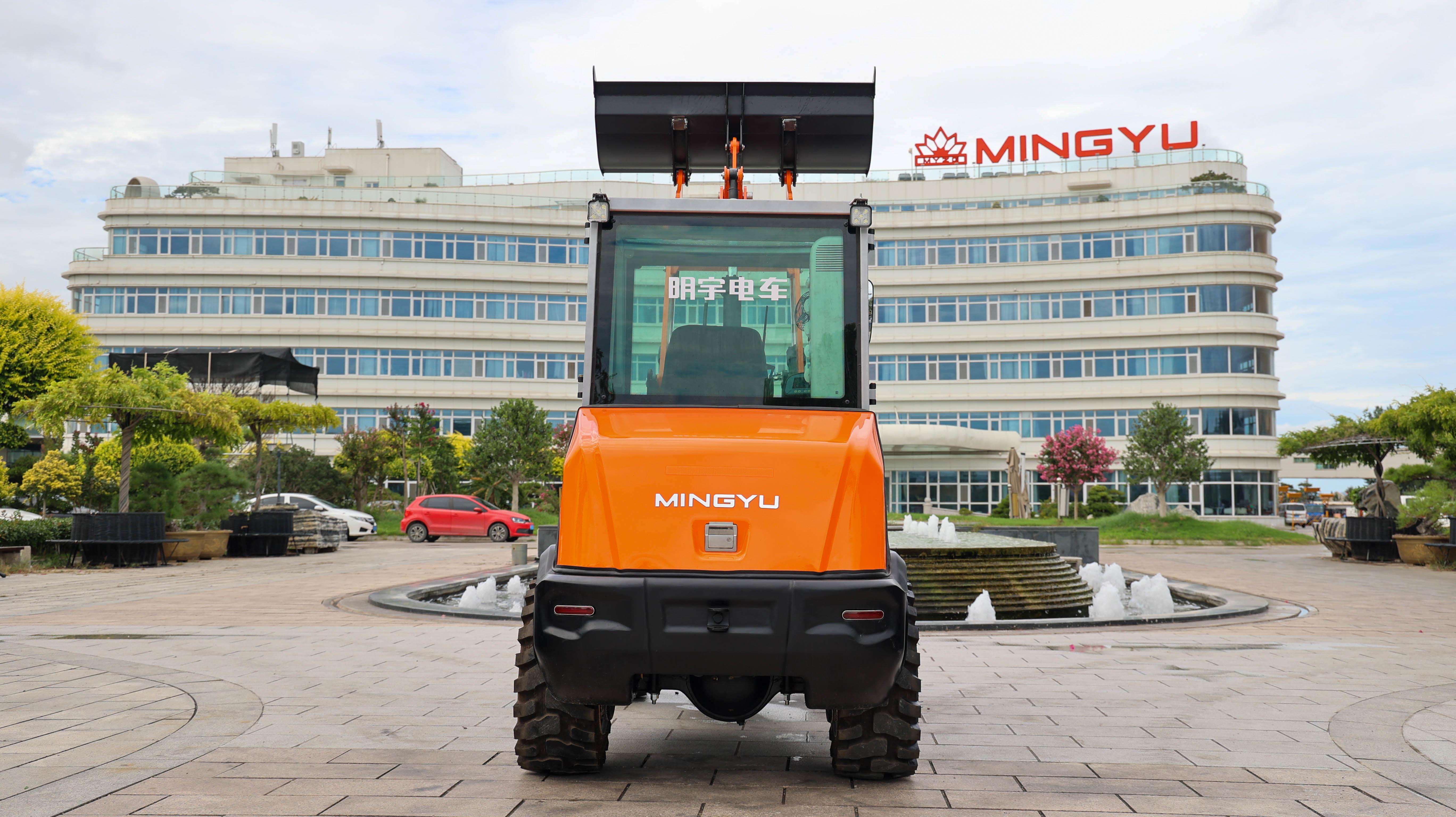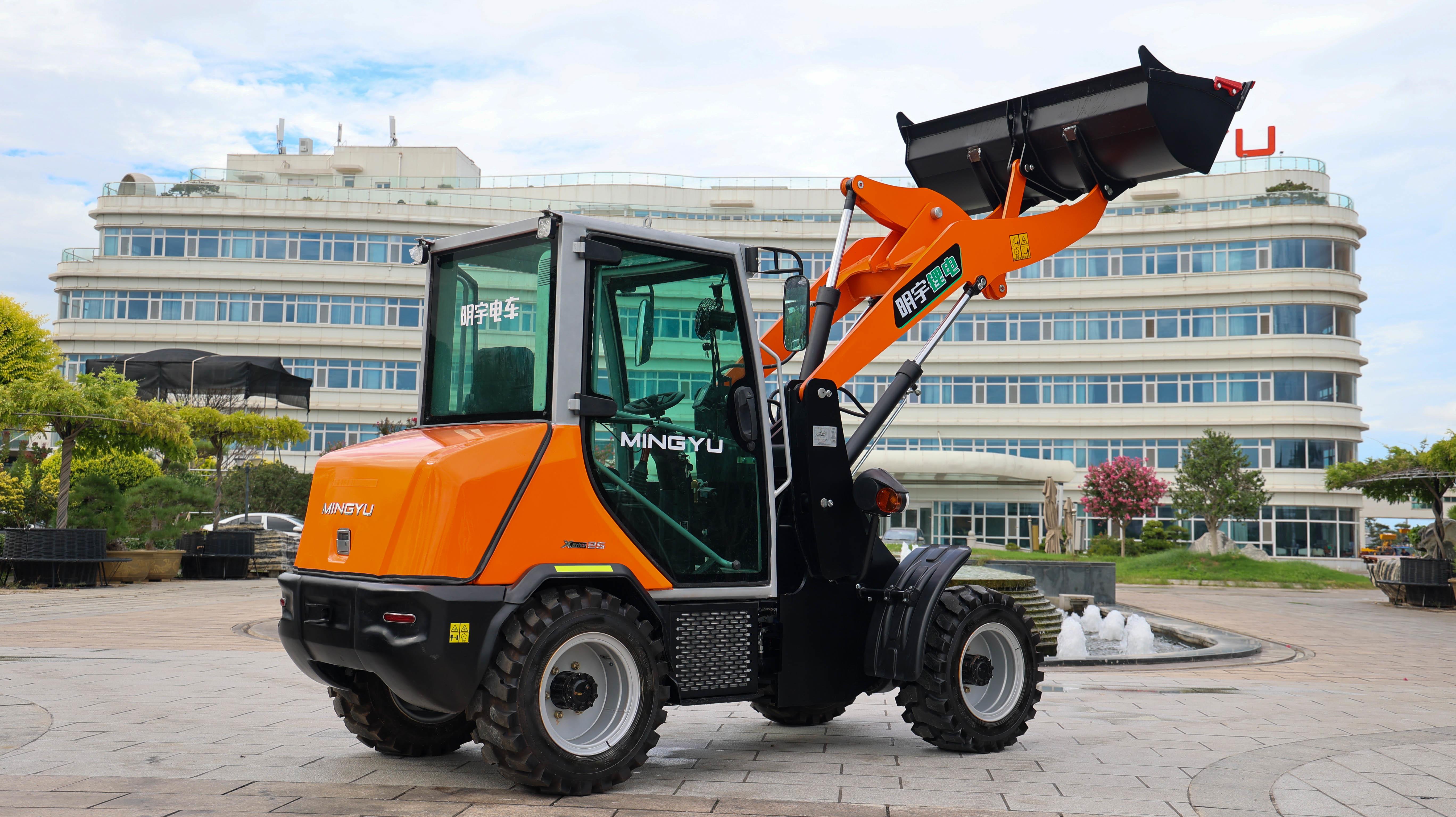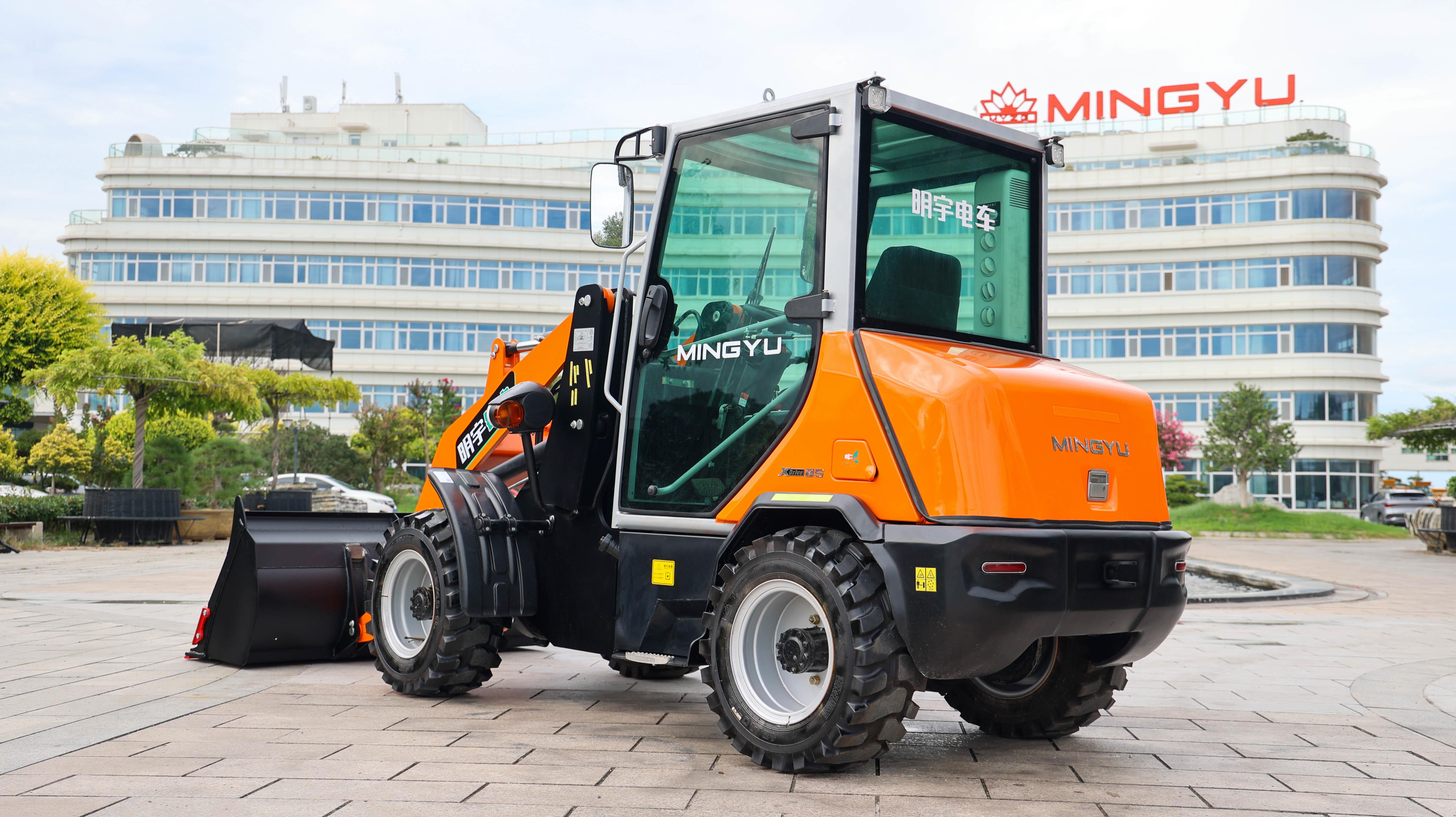What is the Difference Between a Wheel Loader and a Skid Steer?
1. Introduction
In the world of construction, agriculture, and material handling, choosing the right equipment can significantly impact efficiency and productivity. Two of the most commonly used machines are wheel loaders and skid steer loaders. While they may appear similar in function at a glance, they serve different purposes and excel in unique environments. This article explores the key differences between wheel loaders and skid steers to help you make the best decision for your project needs.
2. Overview of Wheel Loaders
A wheel loader is a heavy-duty machine designed primarily for lifting, loading, and transporting materials like gravel, sand, and soil. It has a large front-mounted bucket attached to two hydraulic arms and is typically used in large-scale construction, mining, and roadwork operations.
Key features:
Articulated steering for better maneuverability.
High load capacities.
Spacious cab with elevated visibility.
Typical applications:
Moving bulk materials on construction sites.
Feeding material into crushers or hoppers.
Snow removal or waste handling in municipal work.
3. Overview of Skid Steers
A skid steer is a compact, versatile loader with a rigid frame and lift arms that can attach to various tools. Its steering is achieved by speeding up or slowing down wheels on one side, causing the machine to “skid” and turn.
Key features:
Extremely compact and nimble.
Compatible with dozens of attachments.
Available in both wheeled and tracked models.
Typical applications:
Landscaping and tree removal.
Demolition work inside buildings.
Agricultural and light industrial tasks.
4. Design and Maneuverability Differences
Wheel loaders have an articulated body that allows them to pivot in the middle, making them ideal for wide, open spaces. Skid steers, on the other hand, can spin in place thanks to their skid steering, giving them an edge in tight or indoor environments.
Key differences:
Turning Radius: Skid steers have a zero-turn radius.
Machine Width: Skid steers are generally smaller and narrower.
Mobility: Wheel loaders offer smoother rides over long distances.
5. Lifting and Load Capacity
Wheel loaders generally have higher lifting capacities and bucket sizes, making them more suitable for heavy-duty applications. Skid steers offer less lifting power but provide excellent control and visibility in delicate tasks.
Wheel Loader:
Larger buckets.
Can lift several tons.
Skid Steer:
Ideal for lighter loads.
Better precision in confined spaces.
6. Terrain Handling and Stability
Wheel loaders, with their larger tires and longer wheelbase, are more stable on rough and uneven terrain. Skid steers perform better on flat, hard surfaces but may struggle in mud or loose soil unless they are track-equipped.
Stability:
Wheel Loader: Stable on slopes and rugged terrain.
Skid Steer: More prone to tipping if overloaded or misused.
7. Attachment Compatibility and Versatility
Skid steers are renowned for their versatility. They can use a wide range of attachments: augers, trenchers, pallet forks, sweepers, and more. Wheel loaders also support attachments but generally focus on buckets, forks, and grapples.
Attachment swapping:
Skid Steer: Quick-attach systems standard.
Wheel Loader: May require more effort or specialized couplers.
8. Fuel Efficiency and Operating Costs
Skid steers are usually more fuel-efficient due to their smaller engines and lighter frames. Wheel loaders consume more fuel but can complete heavier tasks faster.
Maintenance:
Skid Steers: Lower cost, more frequent intervals.
Wheel Loaders: Higher costs, longer intervals.
9. Operator Comfort and Ease of Use
Wheel loaders tend to offer a more comfortable ride, with larger cabs, climate control, and better visibility. Skid steers have more compact cabins, which may be restrictive during long operations.
Technology and Controls:
Wheel Loader: Advanced monitors, joystick steering.
Skid Steer: Simpler layout, but modern models are increasingly sophisticated.
10. Use Case Scenarios: Which One Should You Choose?
Choose a wheel loader if:
You need to move large volumes of material.
Your site has long travel distances.
You work on large construction or mining projects.
Choose a skid steer if:
Your site has limited space.
You need to use multiple attachments frequently.
You’re doing landscaping, demolition, or farm work.
11. Pros and Cons Summary
|
Feature |
Wheel Loader |
Skid Steer |
|
Load Capacity |
High |
Moderate |
|
Size |
Large |
Compact |
|
Maneuverability |
Good |
Excellent |
|
Terrain Handling |
Great |
Fair |
|
Attachment Variety |
Moderate |
Excellent |
|
Fuel Efficiency |
Lower |
Higher |
|
Comfort |
High |
Moderate |
12. Conclusion
While both machines are incredibly useful in construction and industrial environments, understanding their key differences is crucial for making the right choice. Wheel loaders excel in heavy-duty, open-area tasks, while skid steers thrive in compact, multi-purpose roles. Choose the one that best fits your project scale, budget, and terrain to maximize productivity and safety.
Post time:Jun.27.2025



